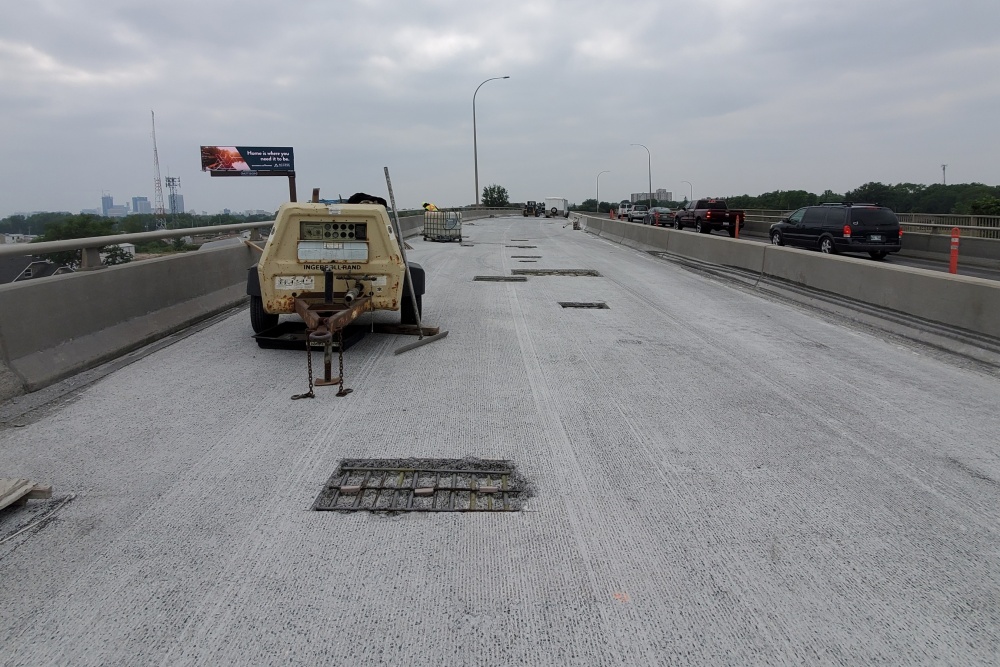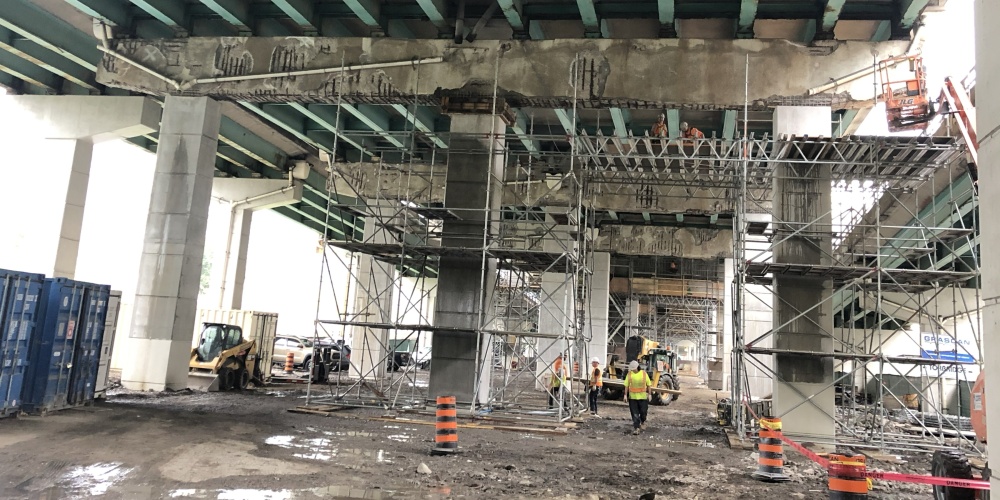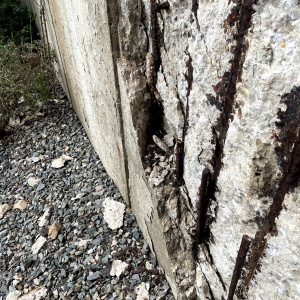
Vector Corrosion Technologies Expands Product Line with Addition of ElectroTechCP™
WINNIPEG, MB, April 21, 2025 — Vector Corrosion Technologies (VCT) today announced that it has acq…
It’s no secret that the concrete industry significantly impacts our world and society.
Concrete is the second most consumed substance on Earth and the most widely used construction material by far. Each year, we produce more than 30 billion tons of it to meet the demands of growing populations, urban development, and aging infrastructure.
That level of use comes with enormous environmental and operational implications. If concrete were a country, it would be the third-largest emitter of CO₂, following behind China and the U.S.
While the numbers are striking, they reflect just how essential concrete is to modern life. It supports our roads, bridges, buildings, and infrastructure—quietly doing its job, often unnoticed. But as sustainability becomes a priority across all industries, there’s growing recognition that how we manage and maintain concrete structures matters just as much as how we build them.
Preservation isn’t just a cost-saving measure; it’s imperative to reducing environmental and societal impact. Changing how we manage and maintain concrete structures can make a big difference globally.
Instead of defaulting to demolition to solve the problem of society’s aging infrastructure, we have a golden opportunity to prioritize preservation and targeted rehabilitation. This approach doesn’t just lower emissions, it keeps materials out of the landfill, extends asset service life, and minimizes downtime and disruption.
In other words, corrosion prevention and preservation support environmental, economic, and social goals all at once—a true triple-bottom-line impact.

Visible signs of wear in concrete, like cracking and spalling, can raise concerns about long-term performance. But thanks to modern repair technologies, many of these structures can be preserved safely and effectively, avoiding the environmental and financial cost of full demolition and replacement.
This results in:
· Lower Emissions: Demolishing and rebuilding structures generates hundreds of kilograms of CO₂ per ton of concrete. Preservation avoids this waste by repairing existing structures and significantly reduces carbon emissions.
· Smarter Spending: Full replacement can cost significantly more than targeted repairs. Preservation frees up budget for other critical infrastructure needs.
· Reduced Disruption: Demolition can shut down roads or facilities for months or even years. Most repair strategies can be completed faster and with less impact on the public.
· Retained Historical Value: Tearing down a structure, especially older ones, means losing its historical or functional value. Preservation keeps that value in place and often enhances it with modern performance upgrades.
Choosing to preserve is more than a maintenance decision, it’s a strategic investment in resilience, sustainability, and long-term asset value. With today’s advanced repair techniques and corrosion prevention technologies, the case for preservation has never been stronger.

Toronto’s Gardiner Expressway, Ontario’s longest bridge, faced major deterioration after decades of chloride-induced corrosion. Rather than demolish it, the city chose a strategic rehabilitation plan by replacing the deck and girders while preserving and protecting the substructure with galvanic encasements. This approach reduced disruption to the city and avoided the emissions and waste of a total reconstruction, resulting in over 53,000 m3 of concrete maintained in the structure.
To put this into perspective, the Concrete Preservation Alliance’s Environmental Impact Calculator can provide some interesting stats:
· Total CO2 emissions were reduced by 35,335 tons, equivalent to the annual emissions of over 7,000 people
· The energy saved could heat nearly 200 Olympic swimming pools to boiling
· 6.5M liters of potable water were saved, which is the average daily water usage of more than 16,000 people
Preservation isn’t just a sustainable choice; it’s also about equity, resilience, and responsible stewardship. By extending the service life of existing infrastructure, we reduce emissions and material waste while minimizing disruption to nearby communities.
Well-maintained structures are more resilient in the face of climate stress and natural disasters, and choosing preservation over replacement reflects a commitment to making the most of past investments—economically, environmentally, and socially.
The road to a sustainable concrete future doesn’t have to be paved with new construction. It can be built on the strong foundation we already have if we commit to repairing, protecting, and reimagining how we care for our infrastructure.
Citations:
https://www.vector-corrosion.com/projects/view/8/gardiner-expressway/

WINNIPEG, MB, April 21, 2025 — Vector Corrosion Technologies (VCT) today announced that it has acq…

Reinforced concrete forms the backbone of our modern world. Yet, the very element that strengthens i…

World of Concrete Announces the 2025 Innovative Product Award Winners : The third annual awards …